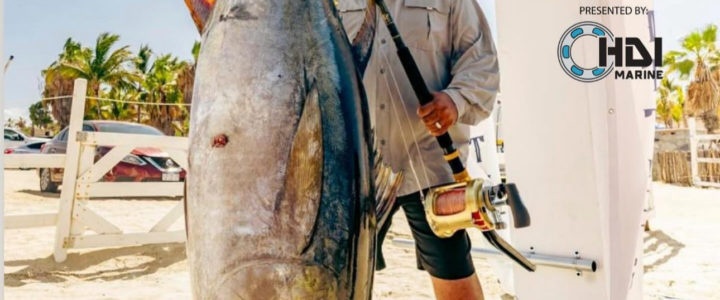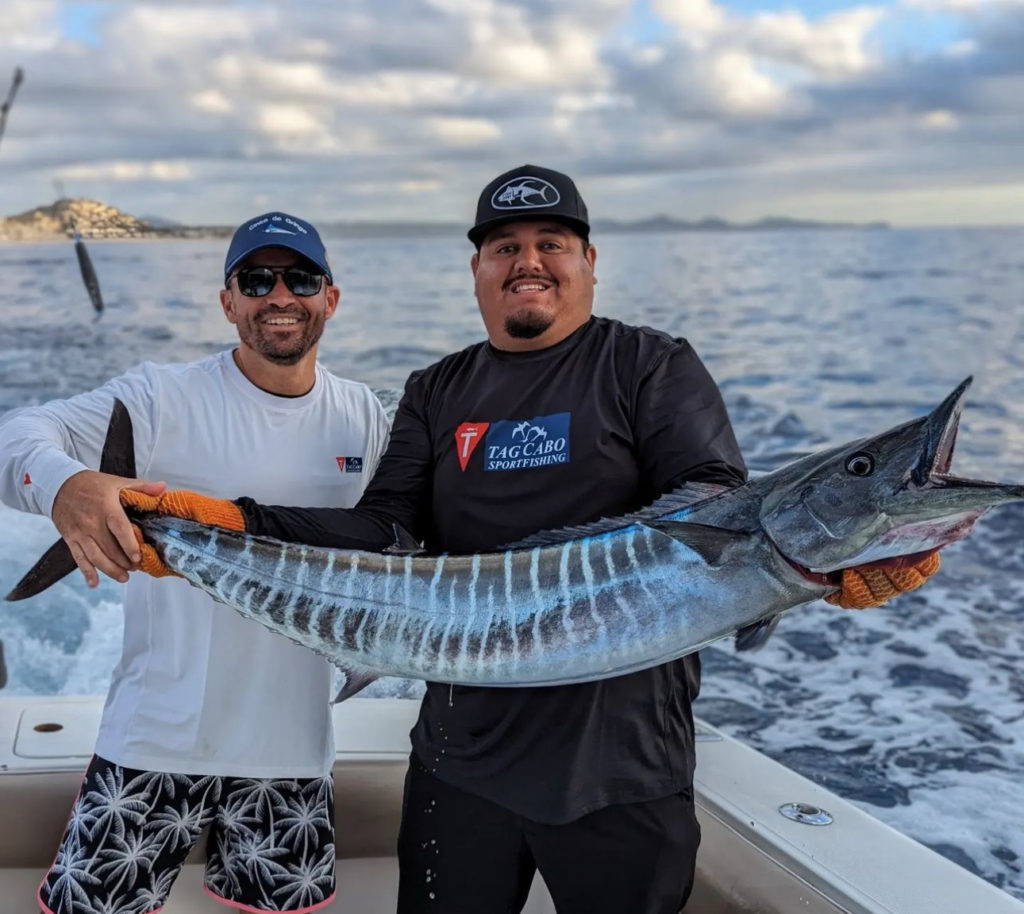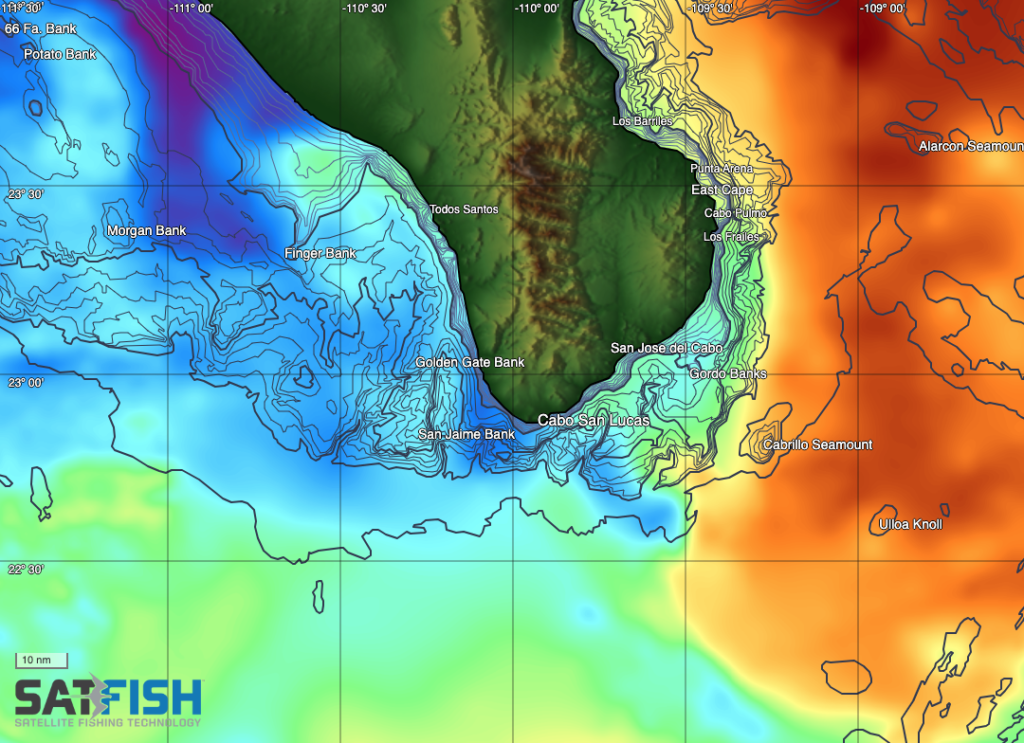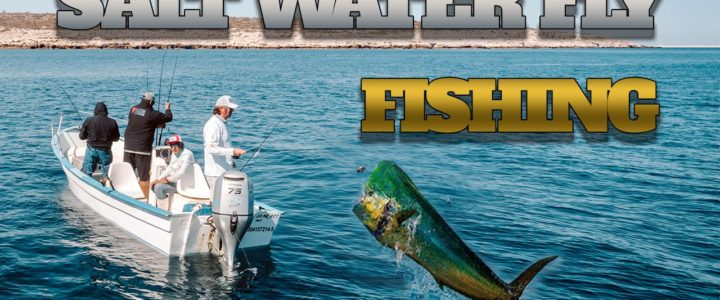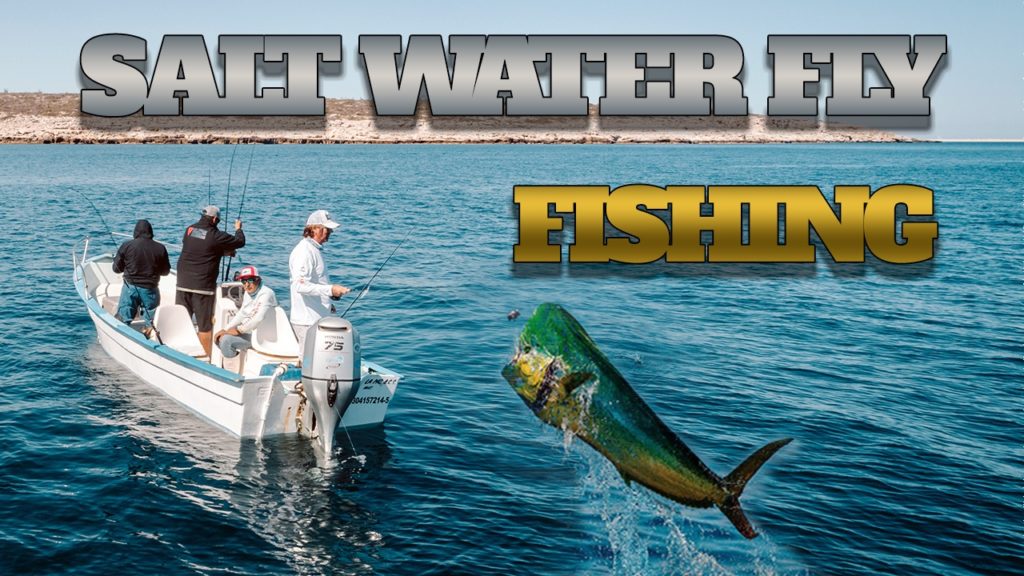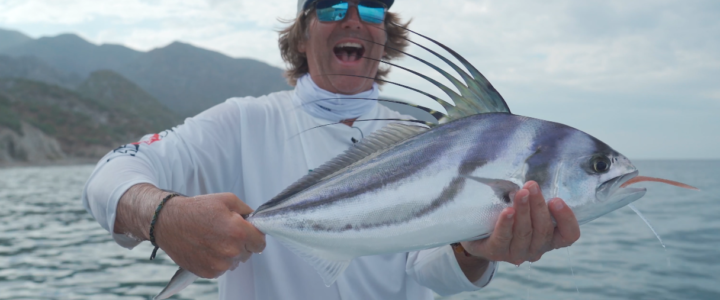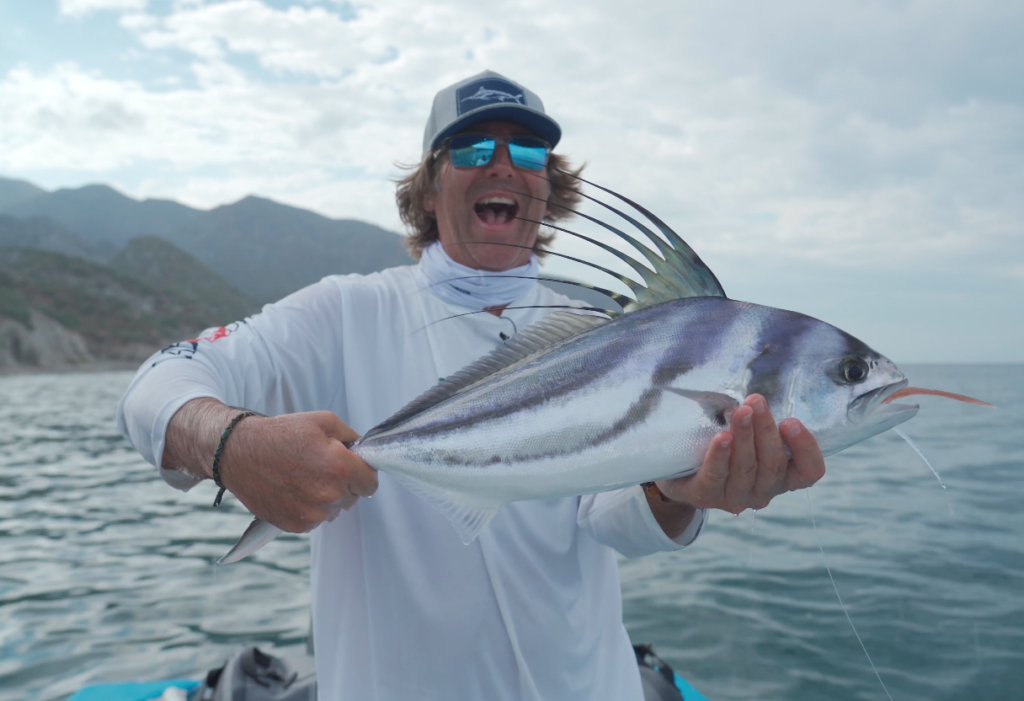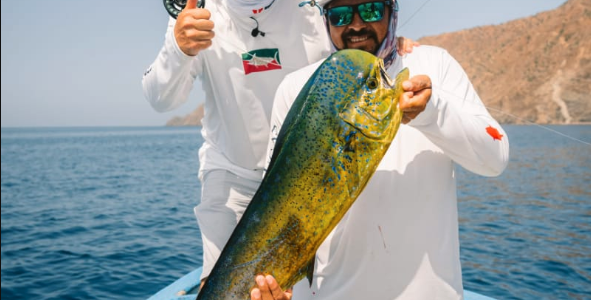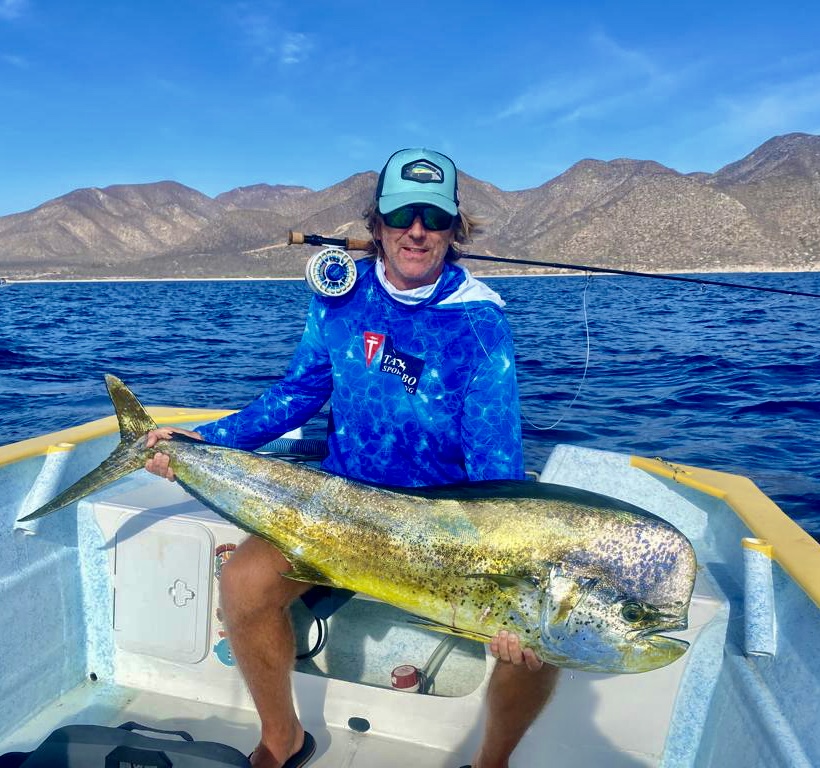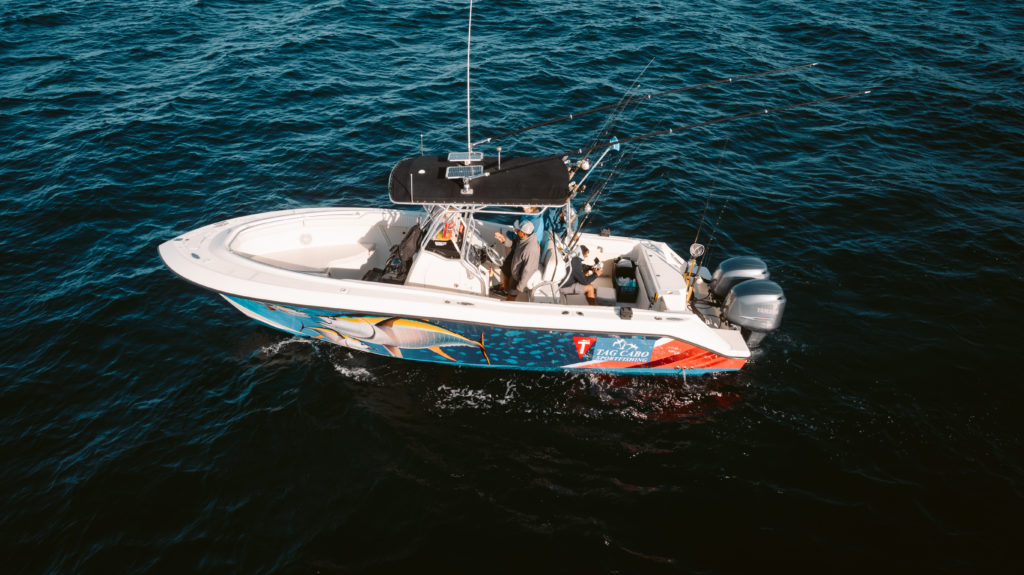Land Your Dream Catch: A Cabo Guide to Big Yellowfin Tuna
Every angler dreams of battling a massive Yellowfin Tuna, and Cabo San Lucas in September makes that dream achievable. This month, the waters teem with these magnificent fish, presenting you with the perfect opportunity to hook a trophy catch.
But landing a giant Yellowfin demands preparation and strategy. Let’s dive into how to gear up, lure, and conquer this apex predator.
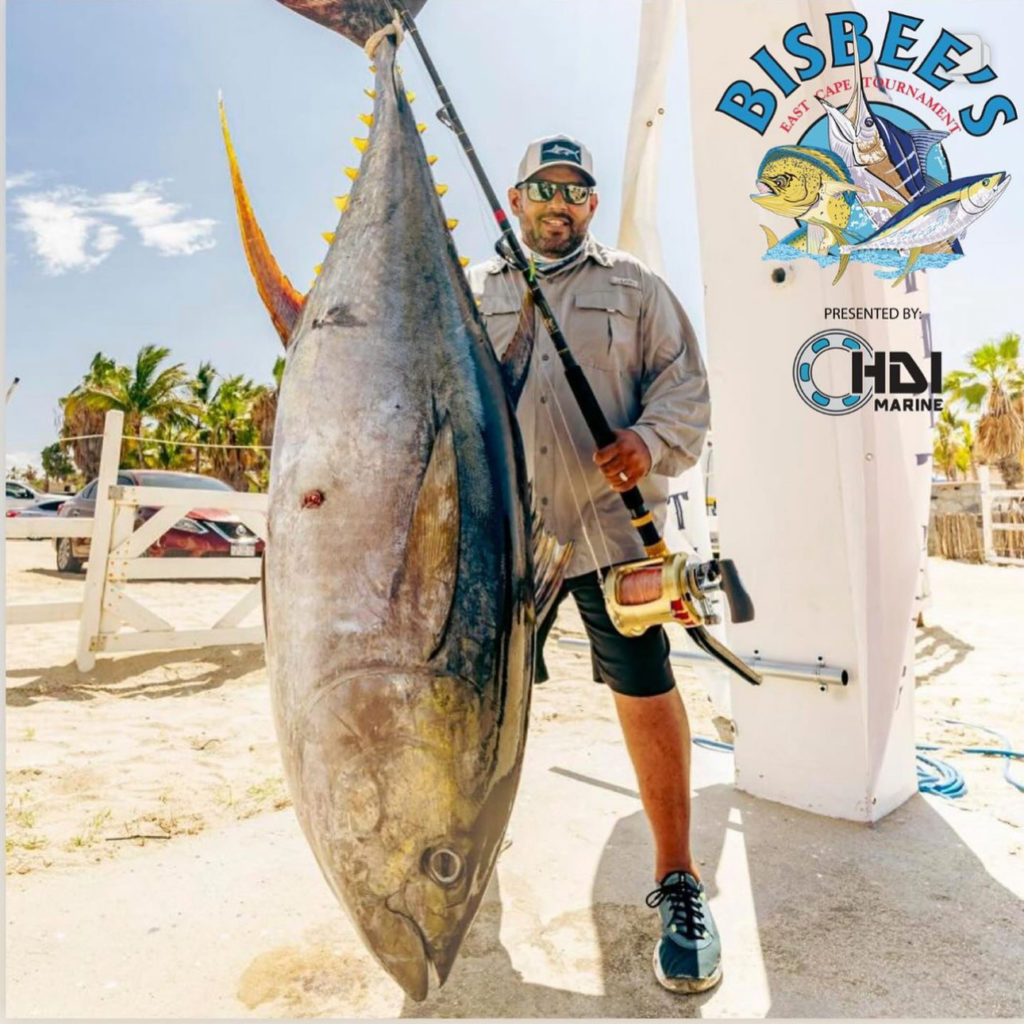
Prepare for an Epic Fight
Yellowfin Tuna are not just delicious—they’re a force of nature. Their speed, agility, and sheer power make them a formidable opponent, especially the larger ones.
Upgrade Your Gear
Forget light tackle! To land a big Yellowfin, you’ll need heavy-duty equipment and a substantial amount of 100 lb braided line. Stock your arsenal with rods, hooks, gaffs, snaps, swivels, guides, leaders, landing nets, and reels.
Lure Them In
Yellowfin are opportunistic feeders, so pack a variety of lures:
- Cedar or ranger type plugs: These create enticing surface disturbances.
- Tuna feathers: Their vibrant colors and fluttering motion mimic baitfish.
- Plastic-skirted trolling lures: Their realistic appearance and swimming action attract hungry tuna.
Master the Technique
Yellowfin often feed near the surface, making topwater techniques your best bet. Consider using a fluorocarbon leader to enhance your chances. Its low visibility and abrasion resistance give you an edge, especially in low-light conditions when these fish are particularly active.
Chumming for Success
Whether you’re using bait or lures, amplify your success with chumming. Scatter live baits or cut bait chunks to create a feeding frenzy and keep the tuna close to your boat.
With the right preparation and a strategic approach, you’ll be well on your way to reeling in the Yellowfin Tuna of your dreams.
Remember: These majestic fish deserve respect. Practice responsible fishing and consider catch-and-release to preserve the population for future generations of anglers.
Tight lines and good luck!

